On This Day…December 2nd.
Russian T-26 light tanks and T-20 Komsomolets armored tractors advance into Finland during the Winter War, 2 Dec 1939
K-class airship with Blimp Squadron ZP-14 on a stop-over in Oran, Algeria, 2 Dec 1944.
Martin B-26G Marauder that suffered a direct hit from AA flak - December 2nd 1944 on a sortie to Saarlautern in Germany. Despite horrific damage and the B-26’s (retained) bomb load of fragmentation bombs, the pilot was able to guide his aircraft safely back to base in France and make a wheels up landing.
A burned out bus (inspiration for Charles King, here...) in Bristol, Dec 2nd, 1940. Personally, I think it’s possible to over-weather...
On the afternoon of 2nd December 1943 a German reconnaissance aircraft discovered the port of Bari ‘full’ of Allied shipping. A bombing raid was organised and hit the port in the early evening and was remarkably successful – hitting a large number of ships in a surprise attack.
The effects were magnified because two ammunition ships were hit, including the Liberty ship John Harvey – carrying a secret cargo of 2,000 mustard gas bombs.
The John Harvey’s cargo was known to very few people. It carried the Allied supply of chemical weapons that was kept in possible retaliation for any such German attack. The rescuers were not aware of this additional hazard, and had no idea how to treat the military or the civilian casualties caused by the gases released.
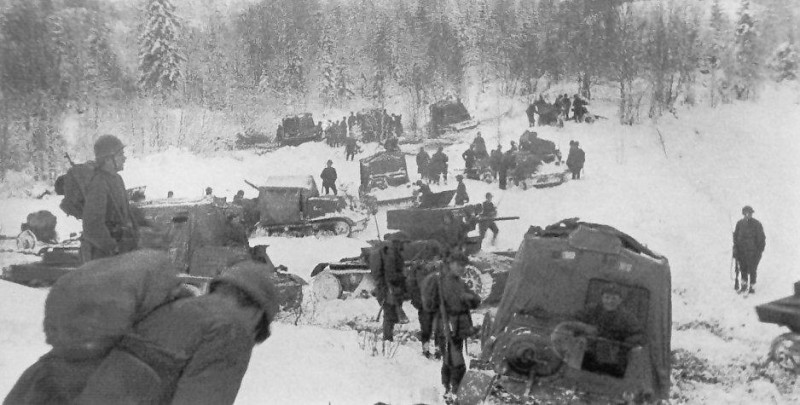
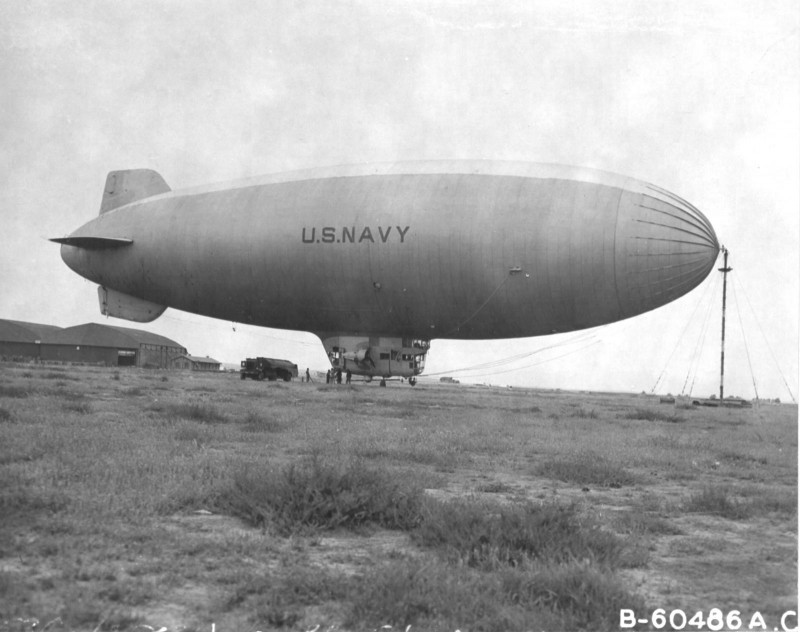
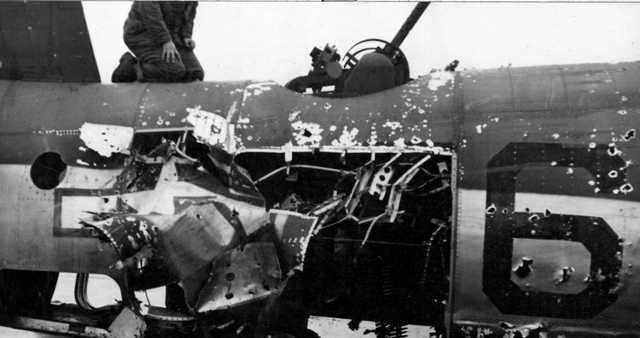
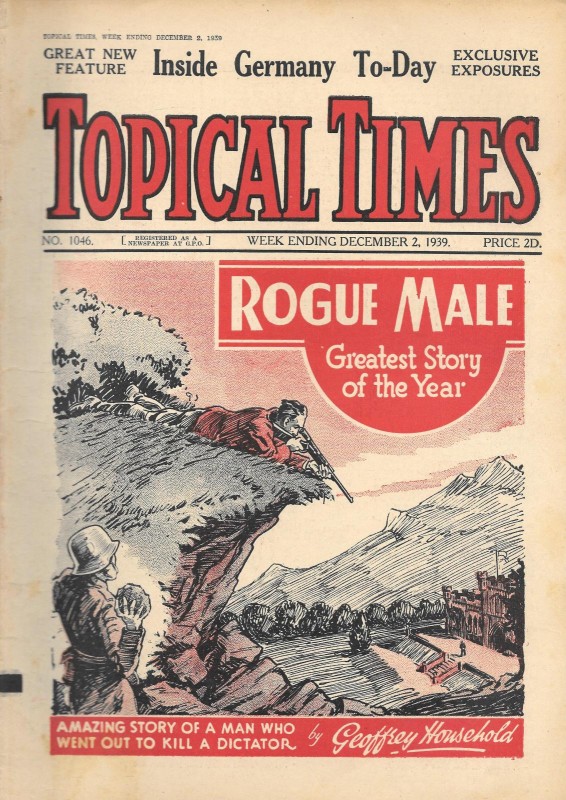
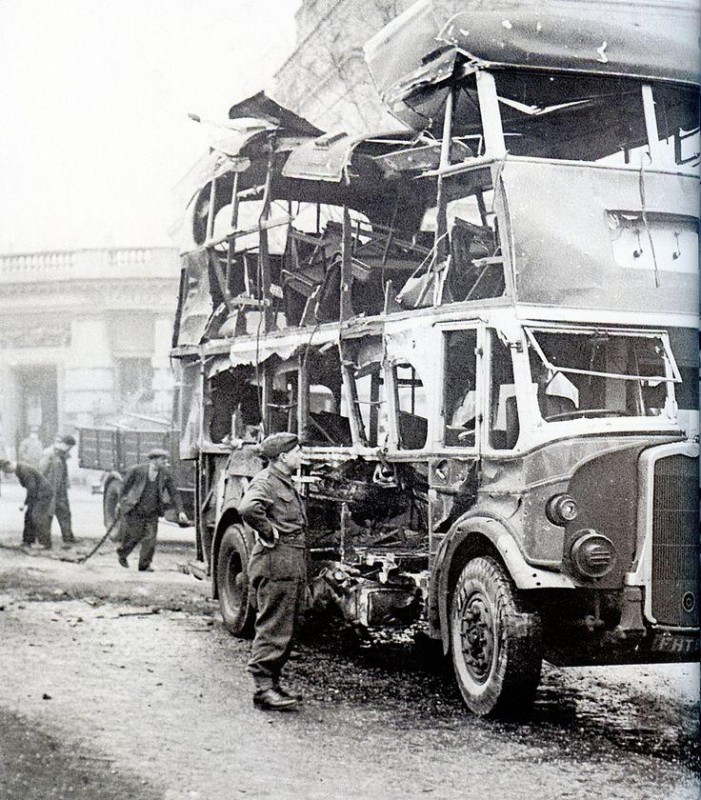
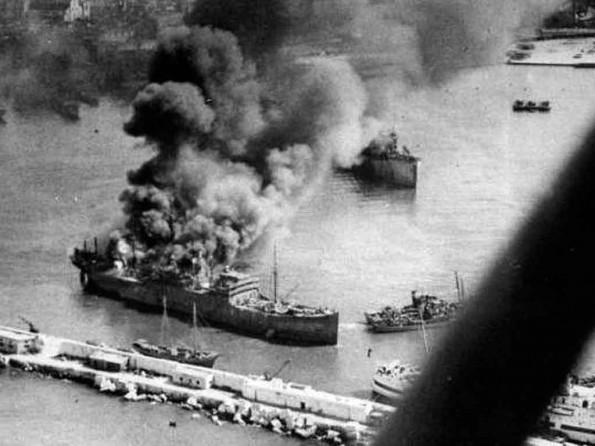
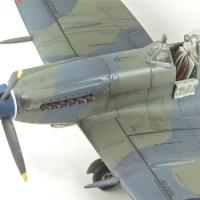
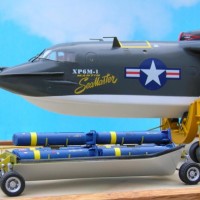
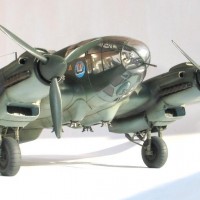
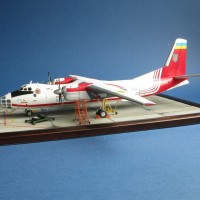
Bombing of Bari was maybe the most effective Luftwaffe raid in the Mediterranean theater. Led by Joachim Helbig, who later led the bombing mission against the 340th BG on Corsica in May 1944 the weekend before a young replacement bombardier named Joseph Heller arrived at Alesani AB, later memorialized in his novel "Catch-22."
Well informed, helpful, and as interesting as ever, Tom. Thanks!
Agree with David - great info, Tom.
David, as usual ... good information!
Mustard gas is nasty stuff. I thought they were done with that after WWI. I wonder if it came up elsewhere 39-45.
Despite the Geneva Accords and world-wide condemnation during World War I, both sides in WW2 had large quantities of chemical weapons ready for use (the Nazis coming up with the particularly nasty VZ nerve agent), which were for retaliation to the other side for initiating a return to chemical warfare. Fortunately, it was one of the few issues in which sanity prevailed on both sides. In the years after the war, both sides actively experimented with ever-nastier stuff.
...and I strongly suspect (aluminum foil hat firmly in place) that many governments are still doing so.
The Allies dumped a few hundred of thousands of tons of chemical warfare agents in the southern part of the Baltic sea close to the islands of Bornholm, Öland and Gotland in the years after the WW2. Loads where also dumped at the Skagerrack strait between Denmark and Sweden and some got dumped in the North Sea. The depth is around 100 meters in these areas and it is not uncommon that fishermen get rusting cans or other containers, containing mustard gas in their trawling equipment. Every now and then they get burns from the gas that is still very active, or unusable equipment contaminated by the stuff. How the agents are affecting the marine life is still not known to its full effect. Some years ago the area south of Gotland was scanned in the Chemsea project. Out of 39 000 found objects in the scanned area, around 10 000 are thought to contain chemical agents.